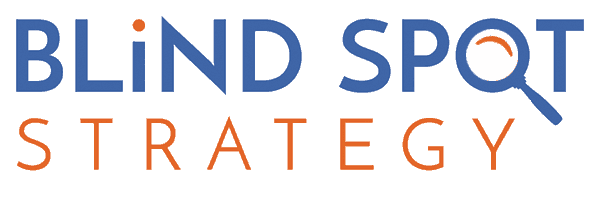Strategy Development
There are few absolutes when it comes to creating a successful funding strategy.
There are way too many unknown variables, luck included. I help clients tilt the odds in their favor every step of the way to be in the best position possible to take advantage of their opportunities.
PROJECTIONS AND ASSUMPTIONS:
Beyond utilizing my experience to identify all the various assumptions behind some of the other assumptions, I also help you think through how friction factors that typically delay progress and/or add costs in the real world (ie. the time and resources it actually will take to go from having a job opening to finding, hiring and training someone at the compensation you are projecting to become productive) are likely to impact your business. When even slightly optimistic assumptions are built upon other similarly optimistic assumptions, it doesn’t take long before a multiplier effect will quickly create some very aggressive projections.
Yet, while investors will often roll their eyes when told the projections are “very conservative”, it is still expected that your projections paint a picture of a company that will grow rapidly upon their investment. The challenge is finding the correct balance between realistic to the point that the opportunity isn’t attractive (or at least as attractive as other potential investments) and so aggressive that you appear naïve and lose your credibility. The secret is to be able to defend your numbers by demonstrating a thoughtful approach that has included factors beyond the obvious. This builds trust and further, enables much more productive dialog with investors now able to evaluate their belief in the optimism or pessimism of the assumptions rather than being concerned that the way the assumptions fit together hasn’t been properly depicted.
STRATEGY PLANNING
These questions can best be answered only when viewed holistically. They are just too inter-related. When one desires/needs the capital is a logical starting point for when one needs to begin the funding search process. But understanding which types of funding sources are likely feasible is influenced by multiple factors, including what milestones have been achieved and how much money you need. Each type of funding source has a decision process and time line that must be factored into the when to begin the process but clearly there can be significant variability within each type that also needs to be accounted for (ie. Some VCs often make decisions within a few weeks while others generally take months. Angels and angels groups can have even broader variability ranges.) And how much money you want is impacted by your valuation, which is significantly correlated to when you will complete what critical milestones. Further complicating matters is that the individual funding sources within a particular funding type often vary significantly in the length of their evaluation process (when), how they value various milestones (what) and how much they invest.
Optimizing the simultaneous solving of this many equations, especially as most of the variables change frequently, often without notice, is a challenging puzzle, requiring far more art than science, and even then, there are no guarantees. Start the process too late, and you are likely to run out of capital before closing the round, slow your momentum (or worse!) and/or see harsher deal terms from investors who realize your alternatives are limited. Start too early and you’re needlessly spending significant time better spent on building/validating your business. Further, potentially, when the timing to seek funding is appropriate, it may be hard to overcome negative perceptions already formed when you were too early to the game or arrived with the wrong message. It may even be hard to get a second meeting.
I help you factor in for planning, not only the calendar time it will likely take to close once you begin your efforts in earnest but also the number of hours and days of your time to prepare presentation materials, set up investor meetings, go to those meetings, follow-up to serious prospects, apply recommended changes to the deck, rinse and repeat—and that’s before you have identified investors seriously interested in investing and the time for initial Due Diligence, negotiate a term sheet, go through one or more in depth Due Diligence processes, create final deal documents and perhaps “herd the cats” (the various investors who have indicated interest and/or commitment) required before you actually see the capital.
The plan is only a blueprint that will certainly require much flexibility based on the timing of various key milestones and the funding climate. I offer you the experience and knowledge of having seen, evaluated and mentored many companies in similar situations as you are. I advise you on the risks and possible rewards to each potential strategy and help you think through various contingencies that can occur in the execution phase.
Once the planning is completed, then it’s time to work on Execution.
Read More About My Funding Services
A focused approach to your growth
See what you’ve been missing.



